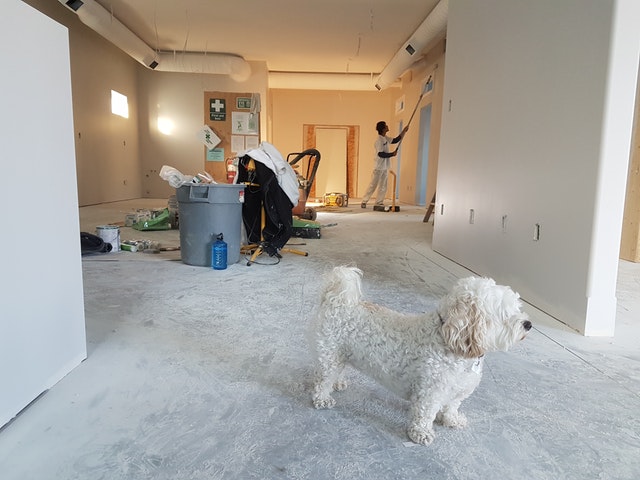The foundation of your home might be the most important structural element of the entire building. In addition to holding your home above ground, a healthy foundation insulates against the cold, keeps the moisture at bay, and resists the movement of the earth surrounding it.
Therefore, it is imperative to identify any faults and failures in your foundation immediately. Early identification will not only save you tens of thousands of dollars in repair work, but it can also prevent any impending catastrophe, which can physically harm you and your family. It is also easier to fix foundation issues before they morph into significant problems, which can compromise the structural integrity, health, and value of your home.
Here are the four revealing signs that your home needs a foundation repair:
Cracks and other distress signs
Cracks on the walls, especially above the doorways, windows, or near the ceilings, are one of the first visible cues of foundation problems. In addition, you may also notice gaps, fractures, flaking concrete, and maybe even tiny fissures or zigzagging lines on the foundation itself.
Soil expansion or contraction underneath the foundation can also lead to bulged, curved, or bowed walls. The soil movement applies pressure on the wall causing them to lean or bend. You can check for any deformities in the walls using a level. Soil movement can also lead to cracked or tilted chimneys.
Moreover, look for signs of damage on the exterior walls, including warps, cracks, decay, mold, or water stains. Walls are built with the capacity to adjust to slight contraction or expansion. However, if you notice significant wear and tear, like the crumbling of the bricks or cement, it points towards a more severe problem.
Uneven sagging of the floors and ceilings
The floors and ceilings of a building are parallel to the foundation. They reflect the movements and issues of the foundation. Therefore, if you notice uneven or sagging floors, it can be directly related to problems in the underlying foundation. These include shifting soil, inadequate waterproofing of the foundation, and moisture from water seepage. Cracks in vinyl or ceramic tile placed over a concrete floor are another indication.
Moreover, keep an eye for warped ceilings as well since they can also reveal the same problem. Look out for gaps that can appear where the indoor ceilings and walls meet.
Moisture in the basement and crawl space
When cracks appear in the foundation, underground water and moisture seep through to the lower level of the house, i.e., the basement. When this happens, you may notice uneven, sagging floors, mold growth, and even musty smells because of the wet, leaking basement and moisture in the crawl space.
Also look for posts and concrete supports in your basement or crawl space; they should stand straight with the bottoms firmly planted on concrete piers. Moisture can deform the supports causing them to buckle under the weight of the house.
Moreover, you might also notice a sudden bug infection in the basement because centipedes, earwigs, carpenter ants, cockroaches, silverfish, etc. are drawn to moist, humid spaces. They can enter the basement through the cracks in the foundation.
Issues with the doors and windows
Do you feel that the doors and windows are too tight or too loose? This can be another sign of a faulty foundation. Doors and windows are fitted precisely according to the alignment of the wall. When the foundation settles, the walls become warped or bowed, causing the misalignment of the doors and windows.
Consequently, you may find it exceptionally hard to open the doors or windows or they may not close at all. You may also notice cracks around the doorframes and windowsills. Similar issues can also arise with the garage doors, vents, and attic windows.
Final word
If you notice any of the signs mentioned above in your house, it is best to consult a specialist for a foundation inspection. Depending on the state of the foundation, you can decide whether you should repair, replace or move away!



